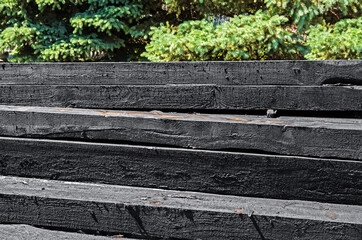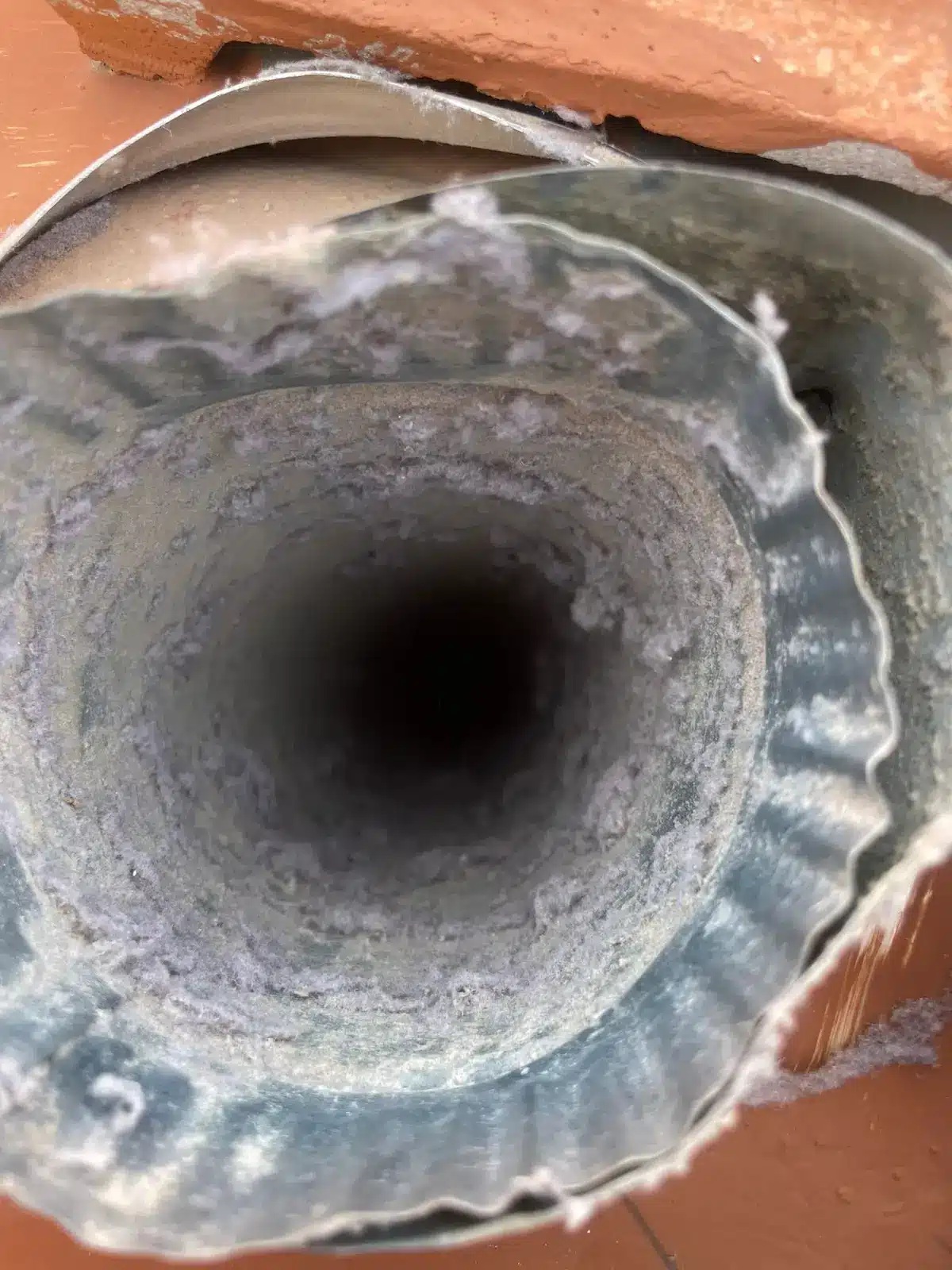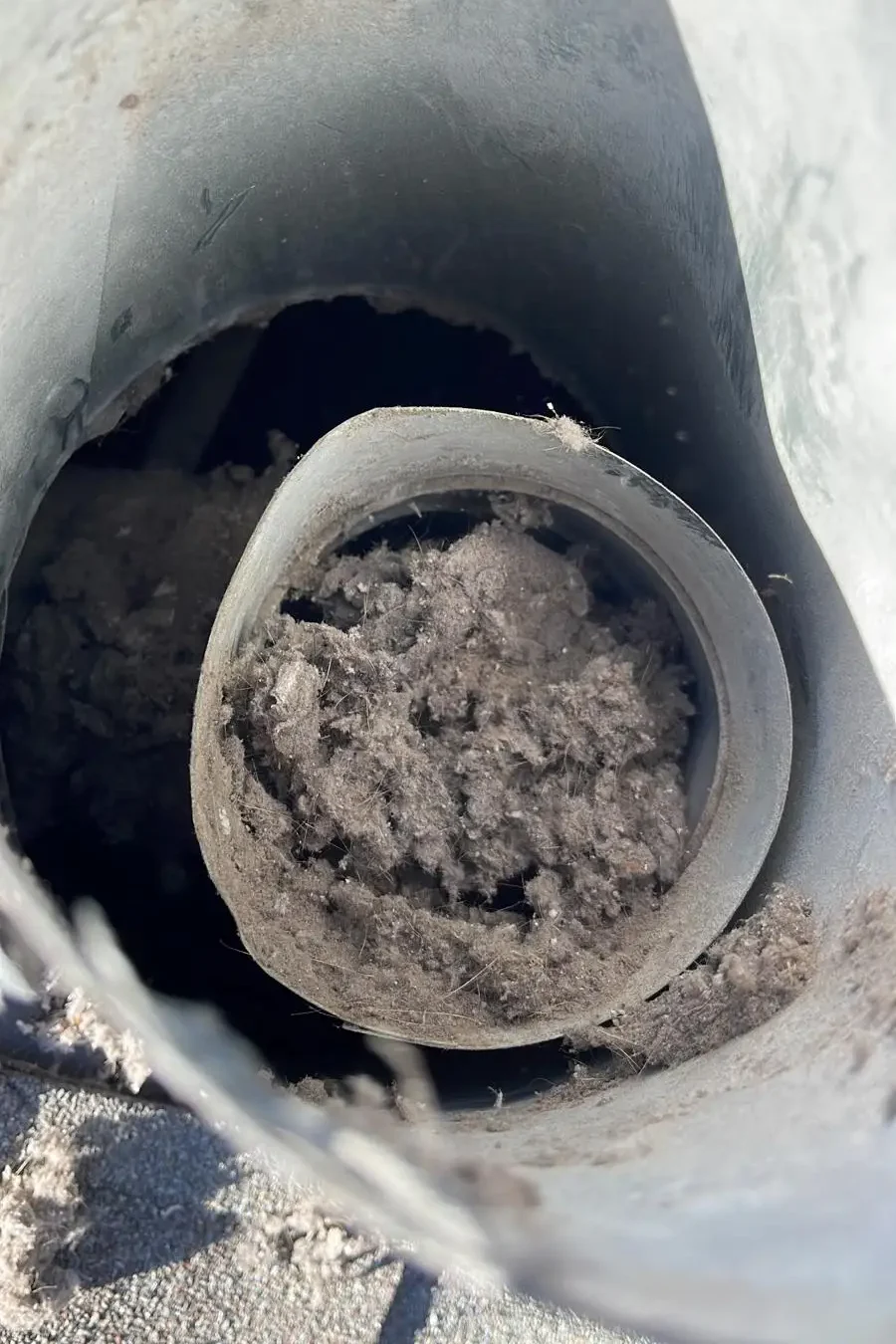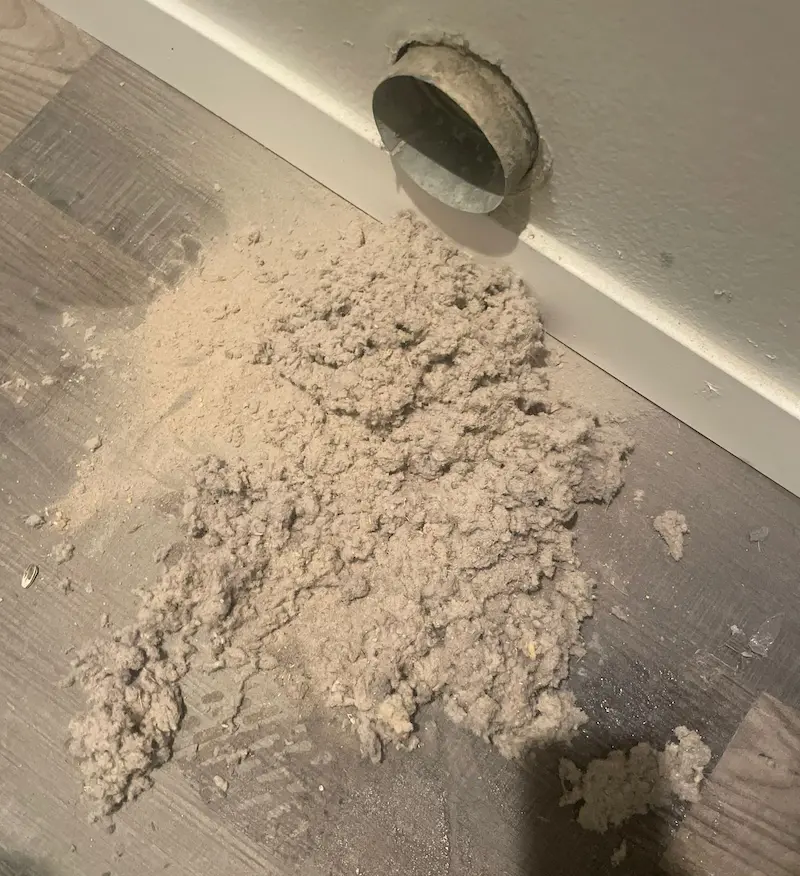When it comes to maintaining the safety and efficiency of your chimney, many homeowners rely on creosote sweeping logs to help reduce the buildup of creosote and other debris in their chimneys. These products claim to make chimney sweeping easier by helping break down creosote, a flammable substance that can cause chimney fires. But as with any product, questions arise regarding its safety, particularly when it comes to potential toxicity. In this article, we’ll explore the use of creosote sweeping logs, their effectiveness, and whether they are harmful or toxic to your health.
What Are Creosote Sweeping Logs?
Creosote sweeping logs, also known as chimney sweeping logs, are designed to be burned in your fireplace or wood stove to help reduce the buildup of creosote in the chimney. Creosote is a byproduct of burning wood in a fireplace. As the smoke rises up the chimney, it cools and leaves behind sticky, tar-like deposits that can accumulate over time. These deposits are highly flammable, which makes them a fire hazard. Chimney fires can be dangerous, causing significant damage to your home and property, so it’s important to keep your chimney clean and free of creosote buildup.
Creosote sweeping logs contain chemicals that work by breaking down and softening the creosote inside your chimney. When burned, the log releases these chemicals, which are absorbed by the creosote deposits, helping to loosen and remove the buildup. This can make it easier to clean the chimney and reduce the risk of fire.
Are Creosote Sweeping Logs Toxic?
The primary concern for homeowners using creosote-sweeping logs is whether the chemicals inside these logs are toxic. The answer isn’t entirely straightforward, as it depends on the ingredients used in the logs and how they’re burned. Let’s break down the potential risks and examine whether creosote-swept logs pose any harm to health.
1. Chemical Components of Creosote Sweeping Logs
Creosote sweeping logs contain chemicals like potassium salts that break down creosote. Some logs also include activated charcoal or other ingredients to neutralize it. However, when burned, these logs can release volatile organic compounds (VOCs) and particulate matter, which may be harmful when inhaled, especially in poorly ventilated areas or with improper burning techniques.
2. Health Risks from Inhalation
Burning creosote sweeping logs can release fumes that may irritate the respiratory system, particularly in individuals with preexisting conditions like asthma. The risk is low if the logs are used according to instructions and the area is well-ventilated. Proper airflow reduces the concentration of harmful gases, so it’s important to avoid burning these logs in closed, unventilated spaces.
3. Potential Environmental Impact
The chemicals in creosote-sweeping logs can contribute to air pollution, though their environmental impact is minimal compared to other pollutants. Using them responsibly and occasionally can mitigate these risks. It’s important to view these logs as a supplement to regular chimney maintenance, not a replacement.
4. Are There Safe Alternatives?
For those concerned about chemicals in creosote-swept logs, natural alternatives are available. Chimney brushes and professional cleaning services can remove creosote without chemicals. Burning well-seasoned hardwood like oak or hickory, and avoiding treated or wet wood can reduce creosote buildup naturally. Eco-friendly chimney products free from harsh chemicals are also an option for reducing buildup.
How to Safely Use Creosote Sweeping Logs
If you choose to use a creosote sweeping log, there are some important safety tips to keep in mind:
- Follow the Manufacturer’s Instructions: Always read and follow the manufacturer’s instructions for use. Each log is designed for specific conditions, and using them improperly can increase the risk of harmful exposure.
- Ventilate the Area: Ensure that your fireplace or stove is properly ventilated to allow harmful fumes to escape. Open windows or use an exhaust fan to keep the air circulating.
- Use Logs Sparingly: Creosote sweeping logs are meant to be used occasionally, not regularly. They should be seen as a supplement to regular chimney maintenance, not a replacement.
- Schedule Regular Chimney Inspections: Even if you use creosote-sweeping logs, it’s important to schedule regular chimney inspections with a professional to ensure that your chimney is free of dangerous buildup. Professional chimney sweeps can assess the condition of your chimney and recommend any necessary cleaning or repairs.
Are Creosote Sweeping Logs Toxic?
In summary, while creosote sweeping logs can be a helpful tool for reducing creosote buildup in your chimney, they do have potential risks, particularly related to the chemicals they release when burned. Inhaling the fumes from these logs, especially in poorly ventilated areas, could cause respiratory irritation or other health issues. However, when used responsibly and according to the manufacturer’s guidelines, the risks can be minimized.
If you’re concerned about the toxicity of creosote sweeping logs or are looking for a more natural solution, it’s always a good idea to consult with a professional chimney sweep who can provide guidance and help ensure your chimney stays safe and clean.
Contact American Air Duct Services Today
If you’re ready to maintain a safe, clean chimney, contact us today. Our expert team can help ensure that your chimney is in top condition, providing peace of mind and improved air quality for your home or business.




